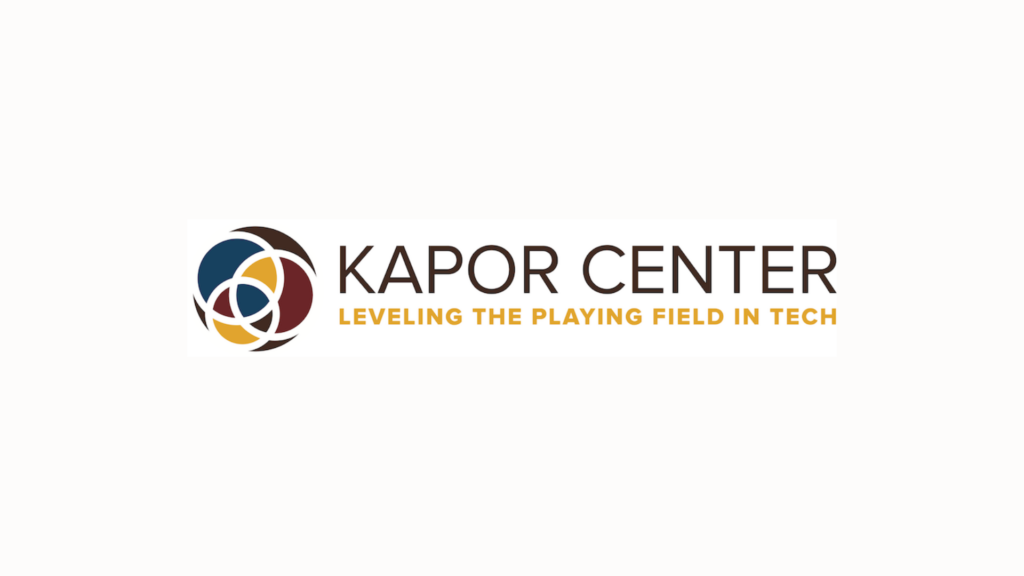Community Internet Startup Culture and Values

Our goal is to bring together members of our community to build Community Owned Internet Networks (COIN). Those members maybe geographically distributed and connect virtually to form teams. Around 1990 programmers that worked for me used a client server bulletin board system, with a color GUI interface on Apple McIntosh computers to enable geographically distributed teams to work together on consulting projects for our clients. So, over 30 years later, I am pleased to see how far we have come. While starting Community Internet in a small town or rural area may seem difficult, our digital platform is applying start up culture and values for distributed teams, whose members may live anywhere to work together.
Profit versus Nonprofit
The essential differences between creating community-owned internet networks as a nonprofit versus a profit-driven corporation can be broken down across several dimensions, including their goals, funding structures, accountability, and impact on the community. These differences shape how each organization operates and its approach to providing internet services. Here’s a detailed comparison:
1. Mission and Goals:
- Nonprofit:
- Primary Mission: To serve the public good, with the focus on ensuring affordable, equitable, and universal internet access for the community.
- Goal: Promote digital equity, inclusion, and long-term sustainability. Nonprofits prioritize social impact over profit, ensuring underserved or marginalized groups have access to necessary infrastructure.
- Decision-Making: Decisions are often driven by community needs and stakeholders, emphasizing inclusivity and collective benefit.
- For-Profit Corporation:
- Primary Mission: To generate profit for shareholders or owners while providing internet services.
- Goal: Maximize profitability and returns on investment. While for-profit corporations may offer good services, their primary motivation is economic gain.
- Decision-Making: Decisions are often driven by profit margins, investor returns, and market growth strategies, sometimes at the expense of underserved communities.
2. Funding and Revenue Generation:
- Nonprofit:
- Funding Sources: Primarily through grants, donations, membership fees, or government subsidies. Nonprofits often receive support from philanthropic organizations, public funding, and community contributions.
- Revenue Usage: Any revenue generated is reinvested into the organization’s mission, such as expanding internet access, improving infrastructure, or providing digital literacy programs.
- Sustainability: Nonprofits may rely on community support and ongoing funding, with less pressure for financial growth, allowing them to prioritize affordability and accessibility over profit.
- For-Profit Corporation:
- Funding Sources: Funded by private investors, venture capital, or corporate profits generated through service fees, subscriptions, or data monetization.
- Revenue Usage: Profits are distributed to shareholders or reinvested to grow the business, often prioritizing efficiency and scalability over community engagement.
- Sustainability: For-profit entities must generate consistent profits to remain viable, potentially leading to cost-cutting measures that reduce service quality in lower-income areas or charge higher prices.
3. Ownership and Accountability:
- Nonprofit:
- Ownership Structure: Nonprofits are typically governed by a board of directors, often composed of community members or stakeholders. In the case of community-owned networks, ownership is collective, meaning the community members directly influence decision-making.
- Accountability: Nonprofits are accountable to their donors, grant-making organizations, and the communities they serve. Transparency and responsiveness to community needs are prioritized.
- Long-Term Vision: The nonprofit structure ensures that the network remains community-oriented and accountable to the users, fostering local economic development and sustainability over time.
- For-Profit Corporation:
- Ownership Structure: Typically owned by private investors or shareholders. Ownership is centralized, with decision-making power concentrated in the hands of executives and major investors.
- Accountability: For-profit entities are accountable to shareholders and investors, often prioritizing financial returns over community needs.
- Long-Term Vision: Corporate decisions may be influenced by short-term profitability rather than long-term community sustainability. If a network is no longer profitable, it may be sold off or closed.
4. Pricing and Accessibility:
- Nonprofit:
- Pricing Model: Nonprofits often aim to provide affordable or even free services, subsidized by donations or grants. The focus is on accessibility for all community members, especially those who might be underserved by traditional ISPs.
- Service Prioritization: Nonprofits tend to prioritize underserved areas, low-income populations, or rural communities where commercial ISPs may not see a profitable market.
- For-Profit Corporation:
- Pricing Model: Pricing is set to ensure profitability, which could result in higher costs for consumers, especially in monopolistic or underserved areas.
- Service Prioritization: For-profit companies often prioritize higher-income, densely populated urban areas where they can maximize returns. Low-income or rural areas may receive slower or more expensive services, or may be neglected altogether.
5. Community Involvement and Empowerment:
- Nonprofit:
- Community Empowerment: Nonprofits encourage active participation from community members in the development, maintenance, and governance of the internet network. This promotes a sense of ownership and collective responsibility.
- Education and Capacity Building: Nonprofits often include digital literacy programs, training for local residents, and opportunities for employment in maintaining and expanding the network.
- Cooperative Model: Nonprofits may operate as cooperatives, where users are also owners, giving them voting rights and a voice in the direction of the organization.
- For-Profit Corporation:
- Community Empowerment: For-profit ISPs generally provide limited opportunities for community involvement, as decision-making is driven by corporate interests.
- Focus on Efficiency: The for-profit model focuses on streamlining operations and maximizing customer satisfaction through service, but it doesn’t necessarily build long-term local capacity or engagement.
6. Innovation and Service Quality:
- Nonprofit:
- Focus on Innovation: Nonprofits may innovate in ways that prioritize community needs, focusing on open-source solutions, decentralized networks, and sustainability. They may be slower to adopt cutting-edge technologies compared to corporations due to funding constraints, but their focus remains on accessibility and inclusion.
- Service Quality: While often focused on providing reliable and essential services, nonprofits may have limited resources for rapid technological upgrades, but their community-driven model emphasizes long-term network resilience.
- For-Profit Corporation:
- Focus on Innovation: For-profit ISPs tend to have more resources for investing in the latest technology and infrastructure upgrades. However, innovation is often driven by profitability, so only profitable markets benefit from cutting-edge solutions.
- Service Quality: For-profit ISPs may offer faster speeds and more advanced technologies, but this is often limited to regions where it is financially viable, leaving underserved areas with substandard service.
Summary:
In a nonprofit model, community-owned internet networks emphasize inclusivity, affordability, digital equity, and long-term sustainability. The focus is on serving the community and reinvesting any surplus into the network to improve services and expand access.
In contrast, a for-profit corporation prioritizes financial growth and shareholder returns, which can lead to higher prices, reduced service quality in less profitable areas, and limited community engagement. While profit-driven corporations may bring technical innovation and scalability, their primary mission is economic gain rather than community empowerment and equitable access.
Nonprofit Startup Values and Culture
Nonprofit startups can consider the following values and culture when starting out:
Values
Nonprofits should have clear values that guide their work. Some core values for nonprofits include:
- Integrity, honesty, and transparency Nonprofits should build genuine relationships based on these values.
- Teamwork: Nonprofits can value the impact of collaboration and working together to achieve more.
- Courage, compassion, and empathy: These values can help motivate the team and accomplish the mission.
Adaptability
A survey found that adaptability was the most important trait for nonprofit leaders to succeed during COVID-19.
Innovation
Nonprofits can move quickly to innovate their approach to meet the needs of the community.
Resilience
Resilience is an important quality for startup founders, but it means staying involved and constantly testing new ideas.
Organizational culture
A team-first culture can help hire people who are likely to blend in and build strong relationships.A team-first culture can help hire people who are likely to blend in and build strong relationships.






Responses